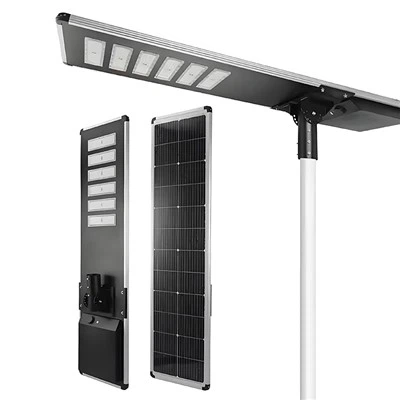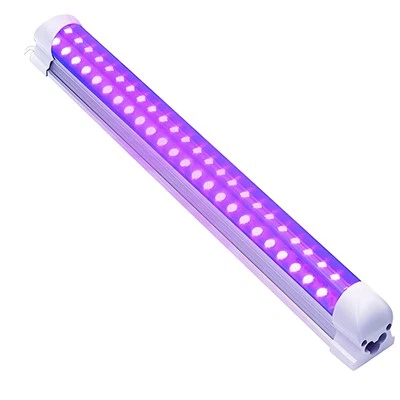LED lighting has grown in popularity in recent years because of its affordability, durability, and energy economy. The packing materials, which are crucial for safeguarding and guaranteeing the functionality of these lights, are often disregarded. The success of the LED market depends heavily on LED packaging materials. This article will examine the significance of packaging materials, the kinds of materials that are utilized, and the trends that are developing in the LED packaging sector.
The Significance of Packaging Materials for LED Lighting
LED technology is very susceptible to stress, humidity, and temperature changes. To guarantee that the lights work as intended, packing materials must be strong, long-lasting, and heat-resistant. For instance, excessive heat might damage the LED, thus it's important to use packing materials that won't overheat. However, too large packaging may raise transportation costs and limit the quantity of boxes that can be transported, which will impact the product's total cost.
In addition to improving the light's function, using the proper packing material also contributes to environmental preservation. The LED lights are shielded from harm by superior packaging, which lessens the need for repairs and replacements. This lowers the total environmental effect of energy-saving LED lights on the world and results in fewer items being thrown away.
Types of Materials Used in LED Packaging
Tinplate, cardboard, foam, and plastic are the primary packaging materials used in LED goods. Depending on the degree of protection needed, each of these materials has pros and cons of its own.
Cardboard boxes provide superior protection from outside factors and are often used for LED packing. Because they are readily recyclable, they are both economical and ecologically beneficial. For LED lights that must be sent over long distances or exposed to inclement weather, cardboard packing may not be the best option.
Because of its ability to absorb stress, foam packing is another common option for LED lights. LED lights may be shielded from mechanical stress and transportation damage by using foam packing. However, if foam is not disposed of correctly, it may damage aquatic life and is not ecologically friendly.
LED lights with waterproof and water-resistant designs are often packaged in plastic. For LED lights that must be transported over long distances, plastic packaging provides superior moisture protection. Nevertheless, plastic packaging may take hundreds of years to break down and adds to the plastic waste problem.
LED items that need a high degree of protection against mechanical stress and environmental corrosion are packaged in tinplate, a form of metal. Tinplate packaging is recyclable and very strong and long-lasting. It is more expensive than conventional packing materials, however.
Developments in LED Packaging Materials
Eco-friendly and sustainable packaging materials are becoming more and more popular as the LED industry expands. Numerous LED producers are searching for creative methods to lower the carbon impact of the materials they use for packaging. This include investigating novel packaging designs that limit waste, using recyclable and biodegradable materials, and introducing lighter packaging to save transportation expenses.
Smart packaging is another trend in LED packaging. By incorporating sensors and microelectronics into packaging materials, smart packaging technology enables producers to gather and examine performance data about their goods. This may assist manufacturers in decreasing material waste and enhancing LED performance.
In conclusion
The market for LEDs is expanding, and packaging materials are becoming more and more crucial to the industry's success. To guarantee that the lights work as intended, LED packing materials need to be strong, long-lasting, and heat-resistant. As manufacturers work to lessen their carbon footprint, the sector is seeing an increase in the use of sustainable and environmentally friendly packaging materials. With these developments, LED packaging seems to have a bright future ahead of it, with creative, eco-friendly, and intelligent package designs that will propel the sector as a whole.
https://www.benweilighting.com/professional-lighting/led-sensor-light-bulb/dusk-to-dawn-light-bulb-sensor-bulbs.html







